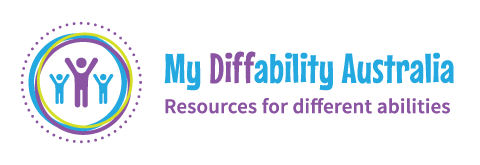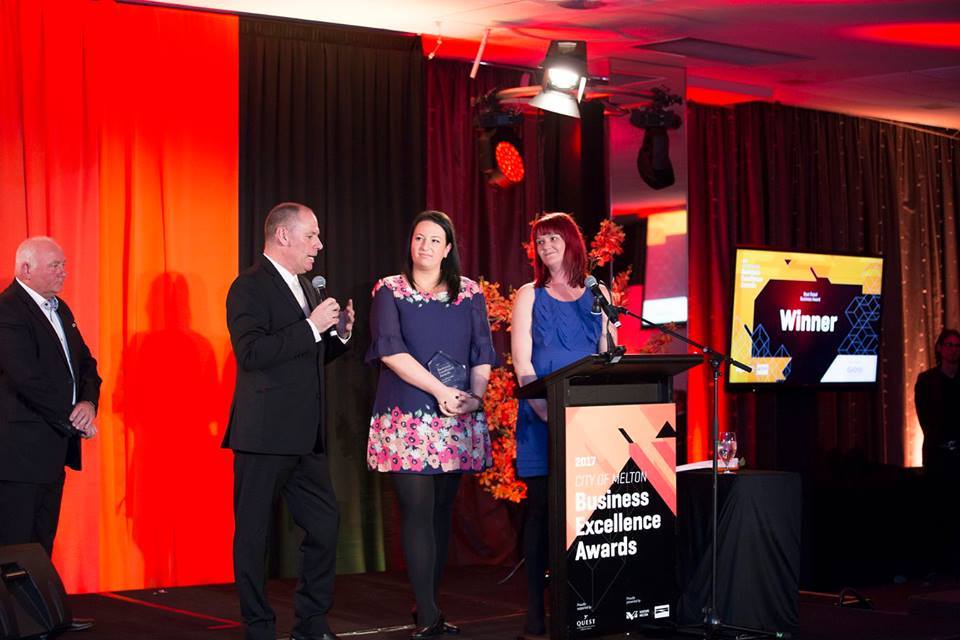Increase in Fidget Toys popularity in Australia
As an occupational therapist (OT) I have always understood the advantages of using sensory equipment such as fidget toys. Recently the idea of using a sensory fidget toy has become more mainstream in Australia and it is wonderful! We have seen toys like the fidget cube and fidget spinner become worldwide crazes. We have seen incredible new creations like the bike chain fidget from young Australians such as Kai from Kaiko. Like us, he is passionate about making fidgets accessible and socially acceptable for kids, adolescents and adults.
When talking about the benefits of fidgeting, I have always said that as adults we are given the opportunity to fidget as we need to. We are even encouraged to seek fidgets and movement at work! Think really spinny office chairs, clickable pens, chewing gum at our desks, and so many other cool things that we can use to regulate our arousal levels throughout the day. Previously there has been definite resistance and stigma attached to fidget toys for kids though. Concerns around distractions, or looking different were common. Finally fidget toys in Australia are becoming mainstream enough to allow everyone to have this opportunity.
No doubt about it, the global pandemic of 2020 changed life as we know it forever in so many ways. We saw a huge increase in fidgets toys being used to help regulate emotions, attention and concentration while families were home-schooling. I am lucky enough to have access to some of the best fidget toys, which I can share with the clients I work with. Often when I go back to visit a family they have purchased fidget toys not just for the children, but for the adults too! Parents can see and understand the advantages of using them while working from home.
If you’re thinking about giving fidgets a try at home, school or work, I have some tips to help you decide which ones might be best for you. When we think about using fidgets, it's important to know that something you like to fidget with may not be the same thing another person likes to fidget with. In fact, that person might hate the feeling of fidgeting with your favourite fidget! This same situation applies with kids wanting to use fidget toys, or having been recommended to use them by an OT. I usually recommend hopping online with your child and letting them choose one or two fidgets that interest them. If this isn’t suitable for your situation, then try to think about what your child shows interest in throughout the day and which fidgets might most appeal to them.
There are soft fidgets, hard fidgets, noisy fidgets, quiet fidgets, large fidgets and small fidgets that are easy to fit in your pocket. There are spinny fidgets, bendy fidgets, smooth fidgets or spikey fidgets. The list goes on! It's important to take all these factors into consideration when considering which supports will be the perfect ones for your sensory toy collection.
The size of a fidget is an integral factor to consider when choosing resources for your toolbox. Some larger fidgets may be great to use in the car or at a restaurant when needing to facilitate increased attention and concentration. However, smaller fidgets may be better suited to school, kinder, or work, where they can fit inside your pocket or in the palm of your hands discreetly to not be distracting to others.
I just love the way sensory resources are being more widely used by EVERYONE and almost everywhere. It’s a trend I hope to see continue to grow in the future.
By Tarryn Dee, Occupational Therapist and Director, My Diffability Australia
About the Author

Tarryn is a fun, knowledgeable and highly motivated Occupational Therapist with experience in providing therapy for children with sensory processing difficulties, fine and gross motor difficulties, attention and concentration difficulties, self-care skills including toilet training and fussy eating, as well as supporting families with positive behaviour management strategies.
Tarryn has worked extensively in paediatrics, including mainstream schools, special developmental schools and in private practice. She enjoys using a variety of specialised therapy models and programs to compliment her traditional therapy approaches with families, and it is through the combined use of these approaches that Tarryn achieves great outcomes for the children and families she works with. Tarryn enjoys witnessing the changes in children’s self-confidence, self-esteem and quality of life when they achieve their goals.






Leave a comment (all fields required)